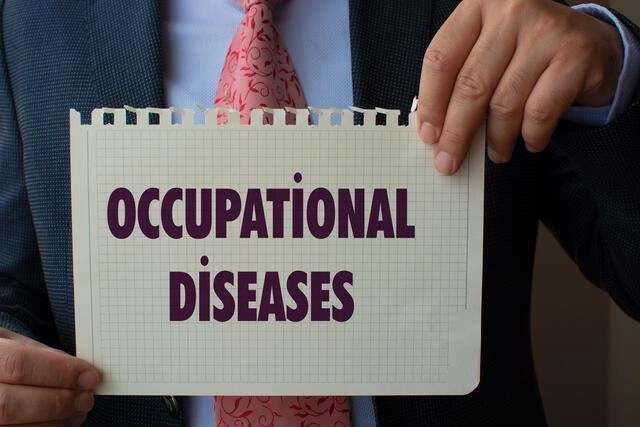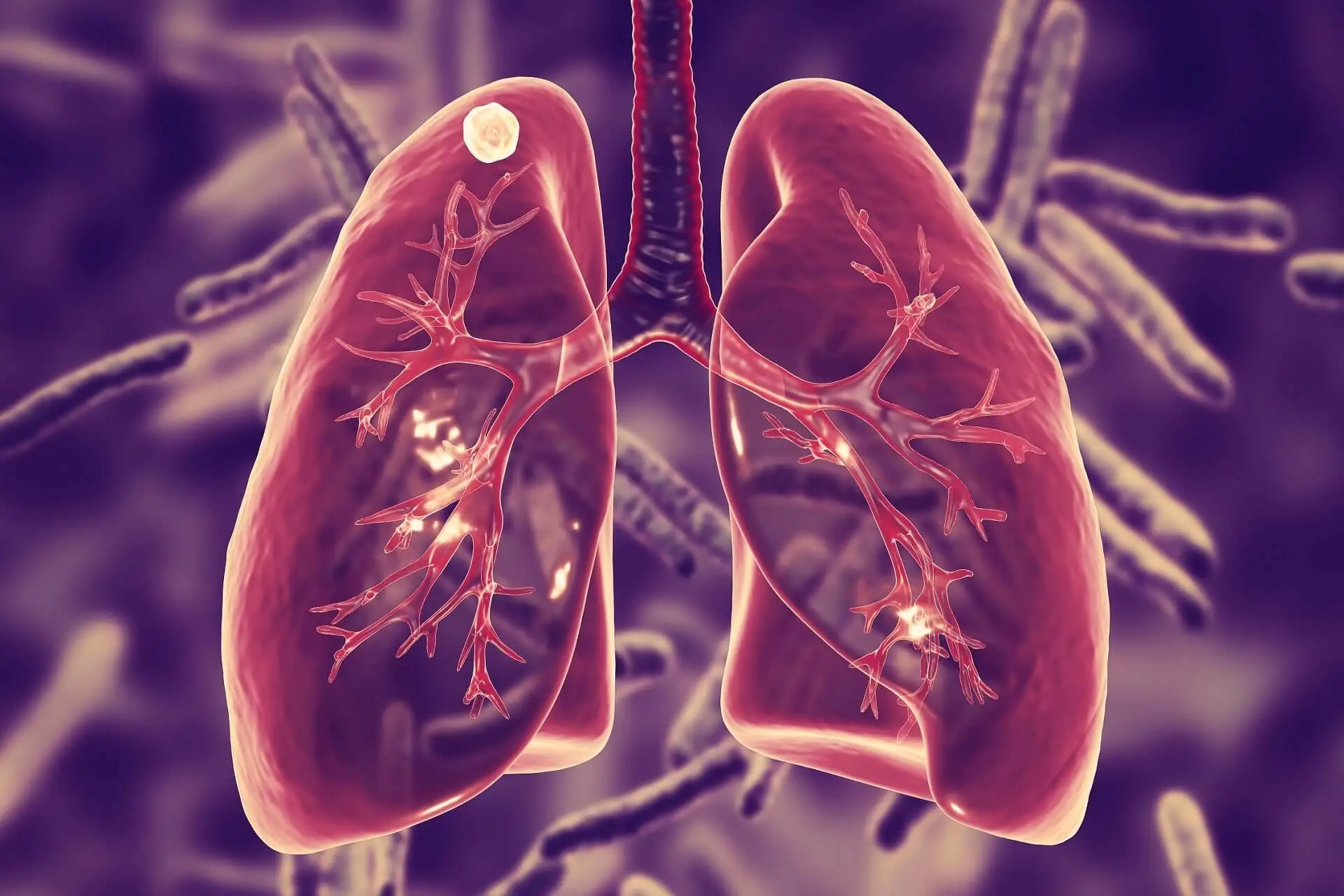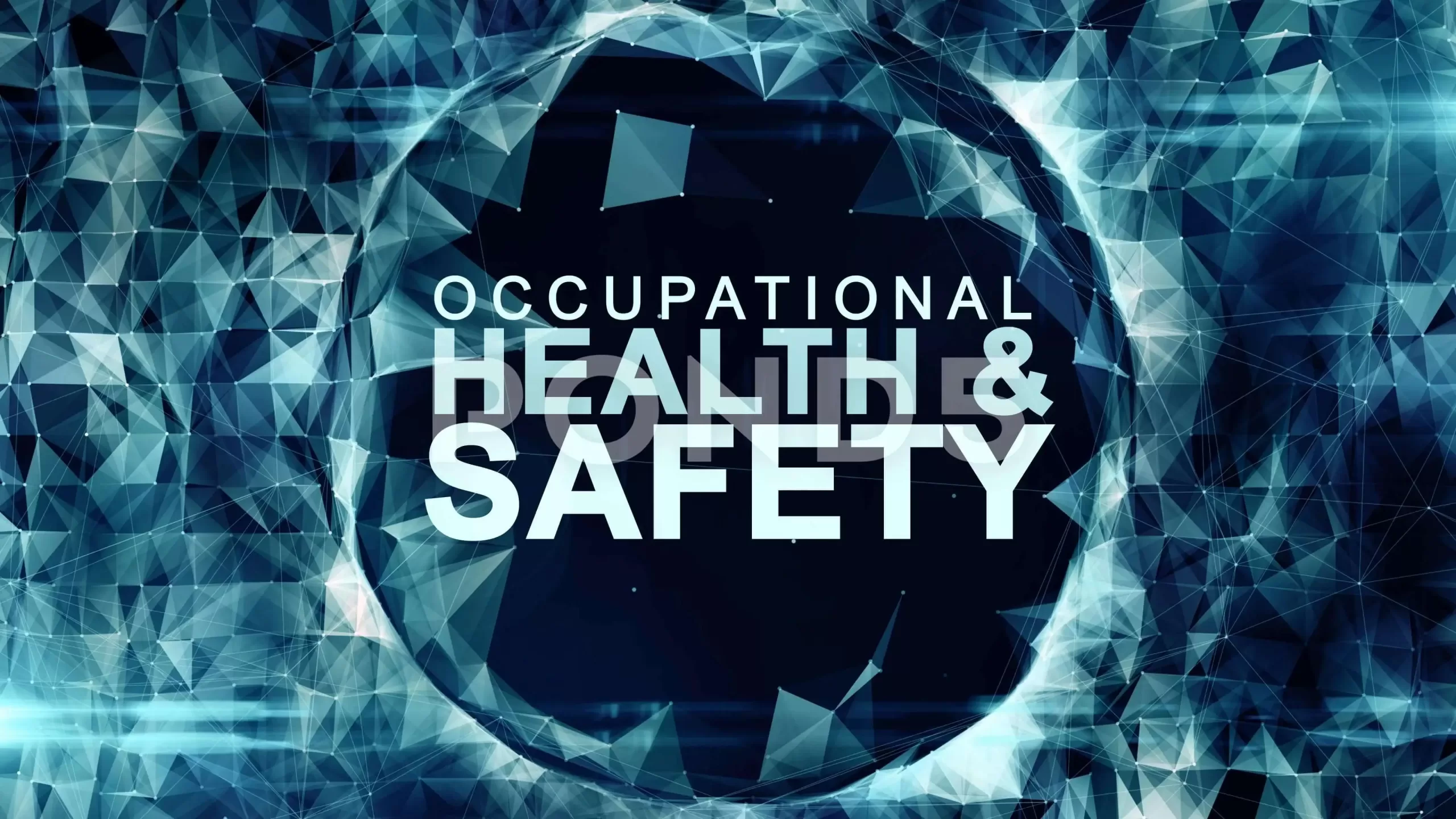Occupational diseases are conditions that are linked to a specific job or industry. This article will provide a comprehensive occupational diseases list.
Read MoreOccupational Burnout | Background, Causes, and Symptoms
Introduction
Occupational burnout is a state of emotional, mental, and physical exhaustion caused by excessive and prolonged workplace stress, which is common in the human service professions.
It is a form of stress condition that impairs one’s ability to concentrate or decreases problem-solving abilities.
It can be a major concern for both employees and employers.
Employees experiencing burnout exhibit the following: –
- Significant decrease in both the quantity and quality of their output work.
- Increased rates of absenteeism and thoughts of quitting their jobs.
- Deteriorated indices of physical health and immune functioning.
- decreased quality of life and career satisfaction.
- Risk for suicidal ideation.
Negative Consequences of Occupational Burnout
Burnout can have significant consequences if it is ignored or not addressed, including extreme stress, fatigue, insomnia, depression, anxiety, a negative impact on personal relationships or home life, susceptibility to illnesses, etc.
1. Social relationships and attitudes
Occupational burnout also has an impact on social relationships and attitudes, making interactions at home and work difficult due to the social withdrawal of the burned-out person or making him more prone to conflict.
2. General health problems
Burnout problems may lead to general health problems as the stress becomes chronic; symptoms such as headaches, colds, insomnia, and general tiredness may appear, although burnout is not an illness and is not recognized as a neurosis.
Occupational burnout was associated with a higher prevalence of depressive and anxiety disorders, as well as alcohol dependence in both men and women.
Burnout was also related to cardiovascular diseases in men and musculoskeletal disorders in women.
3. Effects on Occupational Work
Occupational burnout of employees causes absences from work, lack of creativity, and decreased work enthusiasm, efficiency, and quality.
Also, it will have a negative impact on management, the stability of the staff, and their growth.
Causes of Occupational Burnout
Burnout causes can be classified into three categories: personal characteristics, job characteristics, and organizational characteristics.
Personal characteristics include demographic factors, lack of social support, and high expectations of the job.
Job characteristics include role conflict, role overload, role ambiguity, and poor interpersonal relations.
Organizational characteristics include job context, contingency, and non-contingency of outcomes.
Organizational characteristics have a greater impact on burnout than personal and job characteristics.
Burnout is associated with overworking, underappreciation, confusion about expectations and priorities, anxiety over job security, and over-commitment to responsibilities.
Signs and Symptoms of Occupational Burnout
Signs and symptoms of occupational burnout include the following list: –
- Anxiety.
- Boredom.
- Anger.
- Cynicism.
- Betrayal.
- Depression.
- Fatigue.
- Frustration.
- Resentment towards others.
- Substance abuse.
- Psychosomatic symptoms.
- Mental and family crises.
- Reduction in commitment.
Preventive Strategies for Occupational Burnout
The best way to deal with burnout is to take a preventative approach.
Prevention strategies focused on individuals (person-centered approaches) and organizations (situation-centered approaches).
1. Person-Centered Approaches
a. Relaxing Activities
Engaging in relaxing activities can help to prevent burnout and offset the stress response.
Relaxing activities include activities that require little efforts, such as mindfulness training, deep breathing, or meditation.
Taking a vacation that enables employees to avoid the daily stressors associated with work that can cause burnout
To fully benefit from the respite experience, the employee must feel that their vacation is fulfilling and, ideally, not have any contact from work (phone calls, e-mail, etc.).
Vacation satisfaction was associated with improved satisfaction with life and work.
b. Change Work Pattern
A relatively easy solution to decrease burnout by decreasing the number of working hours. However, this is not always as simple as it seems.
Many people are not financially secure enough to reduce their working hours. Taking more breaks or avoiding overtime work might be helpful.
Improving the areas of life outside of work may help reduce overall burnout.
c. Improve coping skills
The objective is to change the employee’s response to the stressors at work, not to eliminate them.
This usually involves the use of cognitive restructuring.
The cognitive restructuring allows an individual to view situations from a different perspective to monitor their thoughts about their work, and reduce work expectations.
Additionally, it enables an employee to take a “step back” and evaluates other people’s behaviors before becoming reactive to the situation.
More behaviorally focused coping skills include using time management techniques, improving communication skills, learning problem-solving techniques, and increasing social support.
d. Social Support
Burnout can also be prevented with the help of social support.
Accessing support from friends, family, professionals, and coworkers provides a sounding board in difficult situations.
It is not unusual for someone to seek psychotherapy as a result of stressors at work.
A professional can serve as a trusted confidant while you examine distorted thoughts that might discourage healthy coping.
Increasing social support and engaging in social activities can also serve as a distractor when experiencing stressful times at work.
e. Physical Exercise
Physical exercise can help to offset stress and allow people to blow off steam while also encouraging a healthy lifestyle.
Consistent physical exercise promotes better sleep, reduces muscle tension, and improves mood.
Participating in physical exercise with another person increases social support.
2. Situation-Centered Approaches
- Allowing employees to participate in organizational decision-making to increases their sense of control and self-efficacy.
- Training employees in other areas of their job to allow for greater personal development.
- Increase an individual’s self-esteem by openly praising employees who deserve it.
- Increasing a person’s positive feelings towards work may be beneficial.
- Initiate a training program on burnout prevention.
- Provide occupational orientation to novice providers.
- Find ways for more experienced professionals to mentor newer members so that socialization to the profession can occur.
- Encouraging employees’ feelings of engagement with their jobs.
- Organizations should strive for equity or fair treatment; which includes justice at work, job security, fair pay, and respect, resulting in engaged employees.
- evaluating and assessing employees to ensure sure they are assigned to the most appropriate job for their skillset.
- Finding ways to reduce workplace stressors while improving employee job resources.
- It is recommended that leadership create a supportive socioemotional environment and provide training and career development to build employee self-efficacy.
Summary
Occupational burnout is a state of emotional, mental, and physical exhaustion caused by excessive and prolonged workplace stress, which is common in the human service professions.
It is a form of stress condition that impairs one’s ability to concentrate or decreases problem-solving abilities.
Employees experiencing burnout exhibit the following: –
- Significant decrease in both the quantity and quality of their output work.
- Increased rates of absenteeism and thoughts of quitting their jobs.
- Deteriorated indices of physical health and immune functioning.
- decreased quality of life and career satisfaction.
- Risk for suicidal ideation.
Burnout causes can be classified into three categories: personal characteristics, job characteristics, and organizational characteristics.
Signs and symptoms of occupational burnout include anxiety, boredom, anger, cynicism, betrayal, depression, fatigue, and frustration.
Prevention strategies focused on individuals (person-centered approaches) and organizations (situation-centered approaches).
Person-centered approaches include: –
- Relaxing Activities.
- Change Work Pattern.
- Improve coping skills.
- Social Support.
- Physical Exercise.
Situation-centered approaches include: –
- Training employees in other areas of their job to allow for greater personal development.
- Increase an individual’s self-esteem by openly praising employees who deserve it.
- Increasing a person’s positive feelings towards work may be beneficial.
- Finding ways to reduce workplace stressors while improving employee job resources.
- Allowing employees to participate in organizational decision-making to increases their sense of control and self-efficacy.
How useful was this post?
Click on a star to rate it!
Average rating 0 / 5. Vote count: 0
No votes so far! Be the first to rate this post.
I'm sorry that this post was not useful for you!
Let me improve this post!
Tell me how I can improve this post?
References
- (PDF) burnout: An emerging occupational health problem. Retrieved December 28, 2022, from ResearchGate
- Zheng, D. (2015). Education Management and Management Science. CRC Press/Balkema.
- (PDF) Occupational Burnout and health – researchgate.net. Retrieved December 28, 2022, from ResearchGate
Springer. (2015). Handbook of Occupational Health and Wellness.
Berylliosis, also known as chronic beryllium disease (CBD), is a granulomatous condition caused by beryllium exposure.
Read MoreOccupational health is the science of promoting health and reducing illness as a result of an individual's job relationship. The science of protecting workers' health by controlling the work environment.
Read MoreByssinosis is a chronic nonspecific respiratory disease that affects textile workers who are exposed to the dust of cotton, flax, hemp, jute, and sisal.
Read MoreRecent Posts
-
SAPHO Syndrome | Causes, Symptoms, Diagnosis & Treatments
-
Systemic Lupus Erythematosus | Causes, Symptoms & Treatments
-
Gastric Ulcers | Causes, Symptoms, Complications & Treatments
-
Wiskott-Aldrich Syndrome | Causes, Symptoms & Treatments
-
The 4 Stages of HIV Infection | Ultimate Guide
-
Good’s Syndrome | Symptoms, Causes & Treatments
-
Acquired Angioedema | Causes, Symptoms & Treatments
-
Rheumatoid Arthritis | Symptoms, Causes, Diagnosis & Treatments
-
Acute Pancreatitis | Causes, Symptoms, Diagnosis and Treatments
-
Pernicious Anemia | Causes, Symptoms, Diagnosis and Treatments
-
Sickle Cell Anemia | Causes, Symptoms, Diagnosis and Treatments
-
Aplastic Anemia | Causes, Symptoms, Diagnosis and Treatments
-
Diamond Blackfan Anemia | Causes, Diagnosis and Treatments
-
Sideroblastic Anemia | Causes, Symptoms & Treatments
-
Organic Dust Toxic Syndrome (ODTS) | Symptoms, and Treatments





